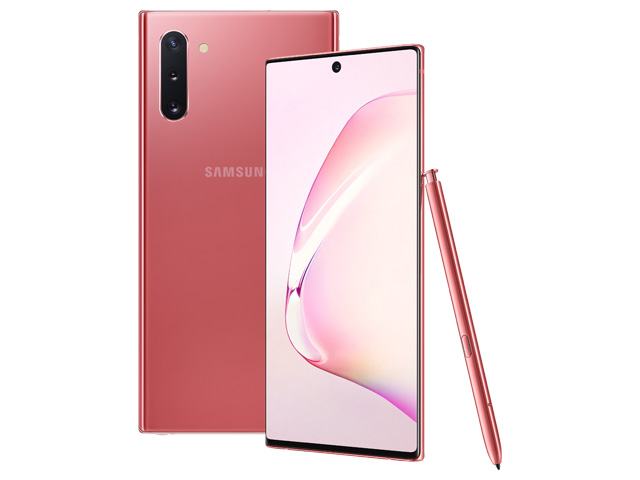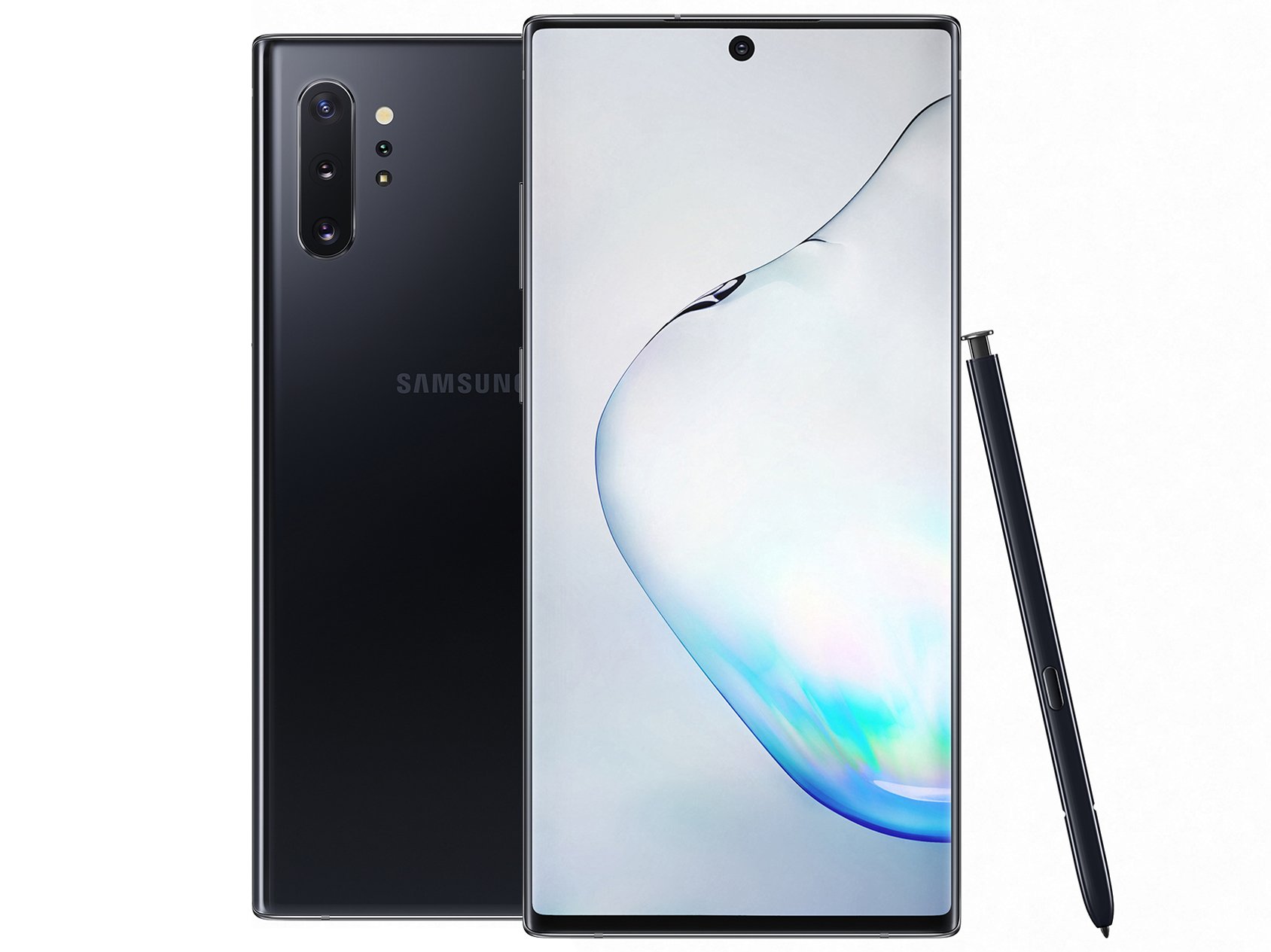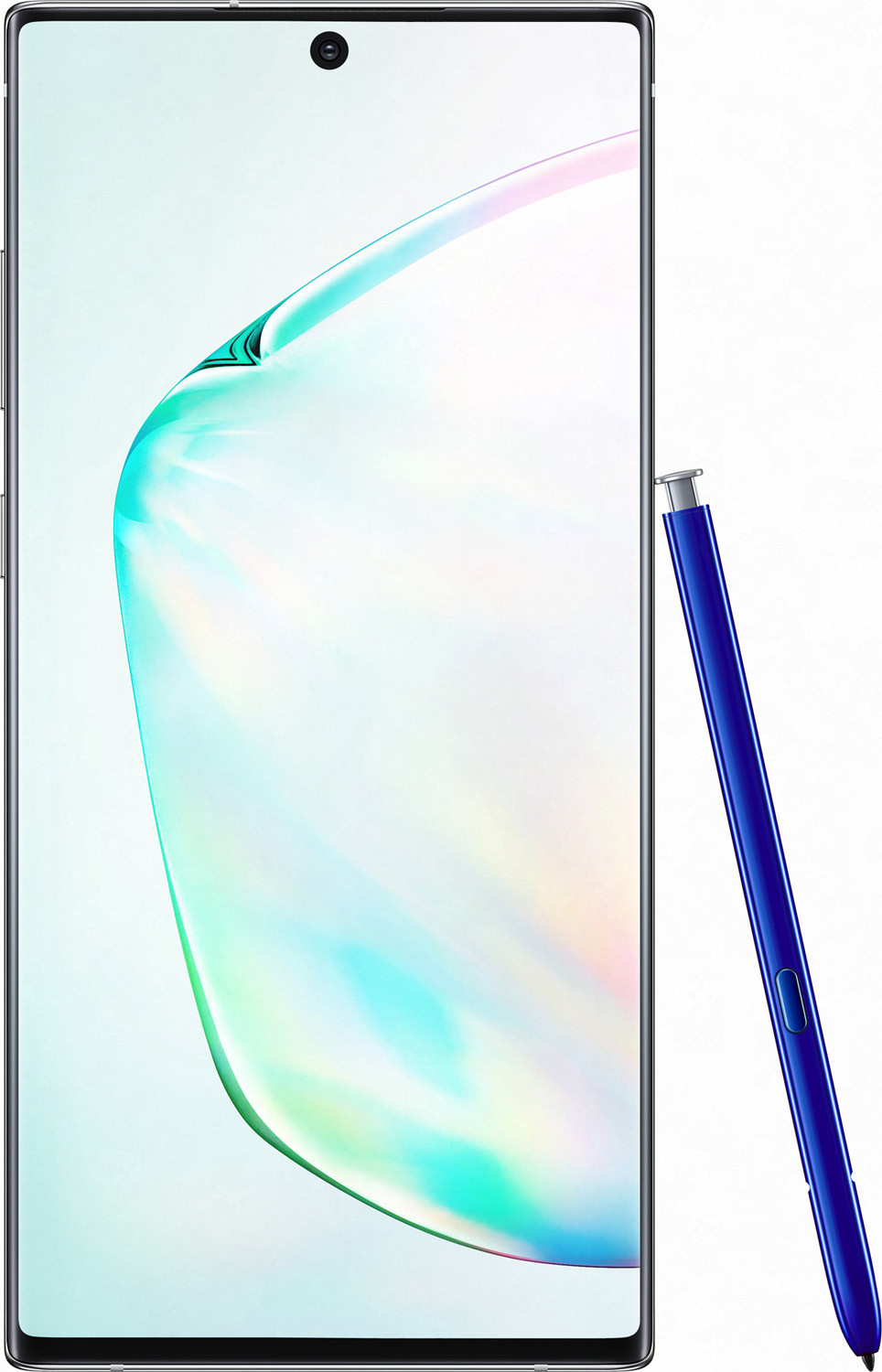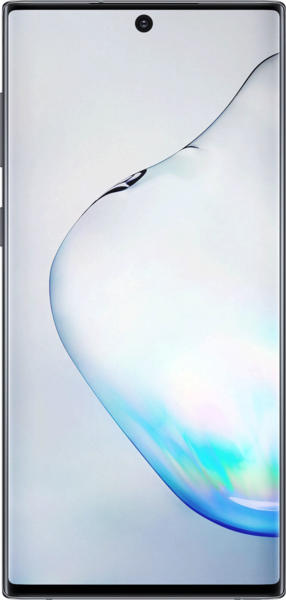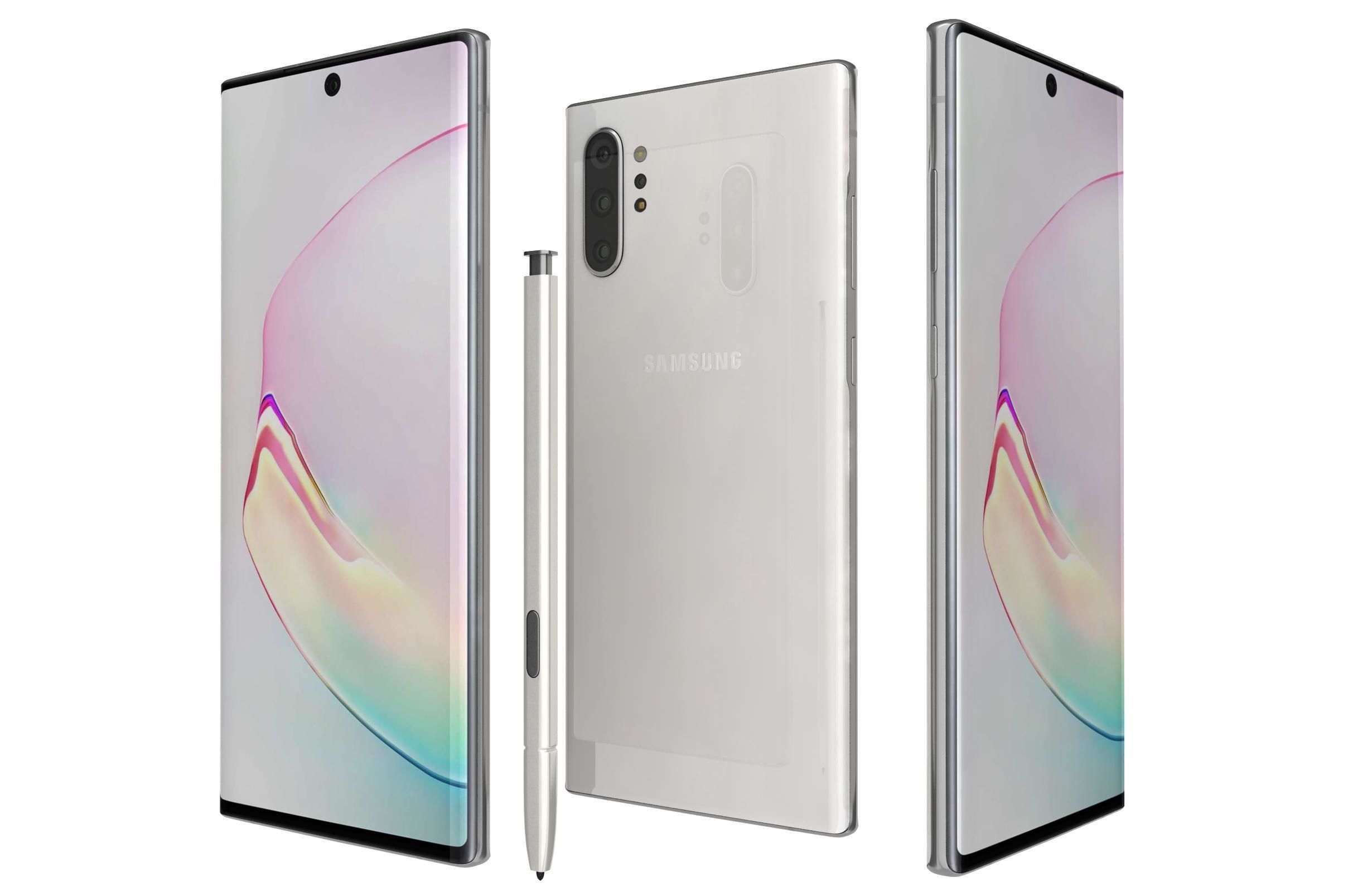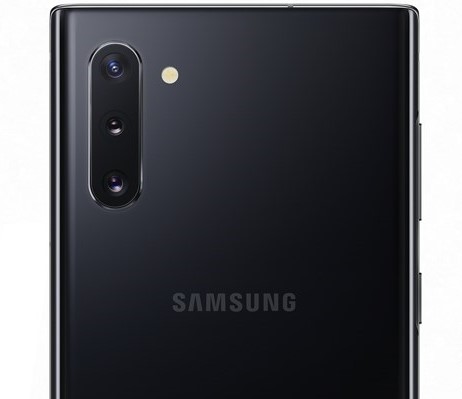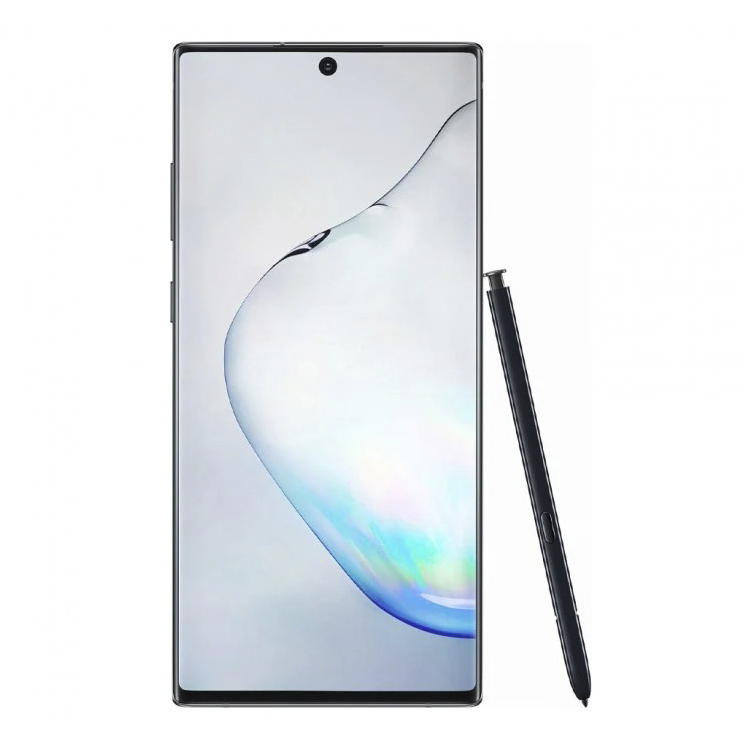Utforsk og analyser Samsung Galaxy Note 10, en avansert smarttelefon med imponerende funksjoner og ytelse. Les denne ekspertartikkelen for å lære mer om design, skjerm, spesifikasjoner, kamera, batteri og andre unike funksjoner.
Innholdsfortegnelse
Introduction
Denne ekspertartikkelen vil utforske og analysere Samsung Galaxy Note 10, en avansert smarttelefon som tilhører Samsungs anerkjente Galaxy Note-serie. Dette flaggskipet ble lansert som en etterfølger til Galaxy Note 9 og introduserer nye funksjoner, forbedret maskinvare og en imponerende design.

Design og Skjerm
Galaxy Note 10 kommer med en slående design og en stor 6,3-tommers Dynamic AMOLED-skjerm. Skjermen har en oppløsning på 2280 x 1080 piksler og et skjermforhold på 19:9. Den har også en pikseltetthet på 401 piksler per tomme (ppi). Skjermen dekker nesten hele forsiden av telefonen og har kun et lite hull for frontkameraet.

Spesifikasjoner og Ytelse
Samsung Galaxy Note 10 kommer med kraftig maskinvare for å sikre enestående ytelse. Den er utstyrt med Samsungs egen Exynos 9825-prosessor, en åttekjerners brikke basert på 7 nanometers produksjonsprosess. Denne prosessoren sikrer rask respons, sømløs multitasking og jevn kjøring av krevende oppgaver.
Telefonen kommer med imponerende 12 GB RAM, noe som muliggjør rask og effektiv håndtering av flere apper samtidig. Intern lagringsplass er tilgjengelig i en variant på 256 GB for Note 10, og Note 10+ tilbyr også en modell med 512 GB lagringsplass. Begge modellene støtter også utvidbar lagringsplass via et microSD-kort.
Se også
Kamera
Galaxy Note 10 er utstyrt med et robust kameraoppsett som gir fantastiske fotografiske muligheter. På baksiden finner man et ultravidvinkelkamera på 16 megapiksler, et vidvinkelkamera på 12 megapiksler og et telefotokamera på 12 megapiksler. Note 10+ har også et ekstra dybdekamera som kan brukes til å skanne og manipulere tredimensjonale objekter.
På forsiden har telefonen et 10 megapiksel frontkamera som er ideelt for selfie-entusiaster og videokonferanser.
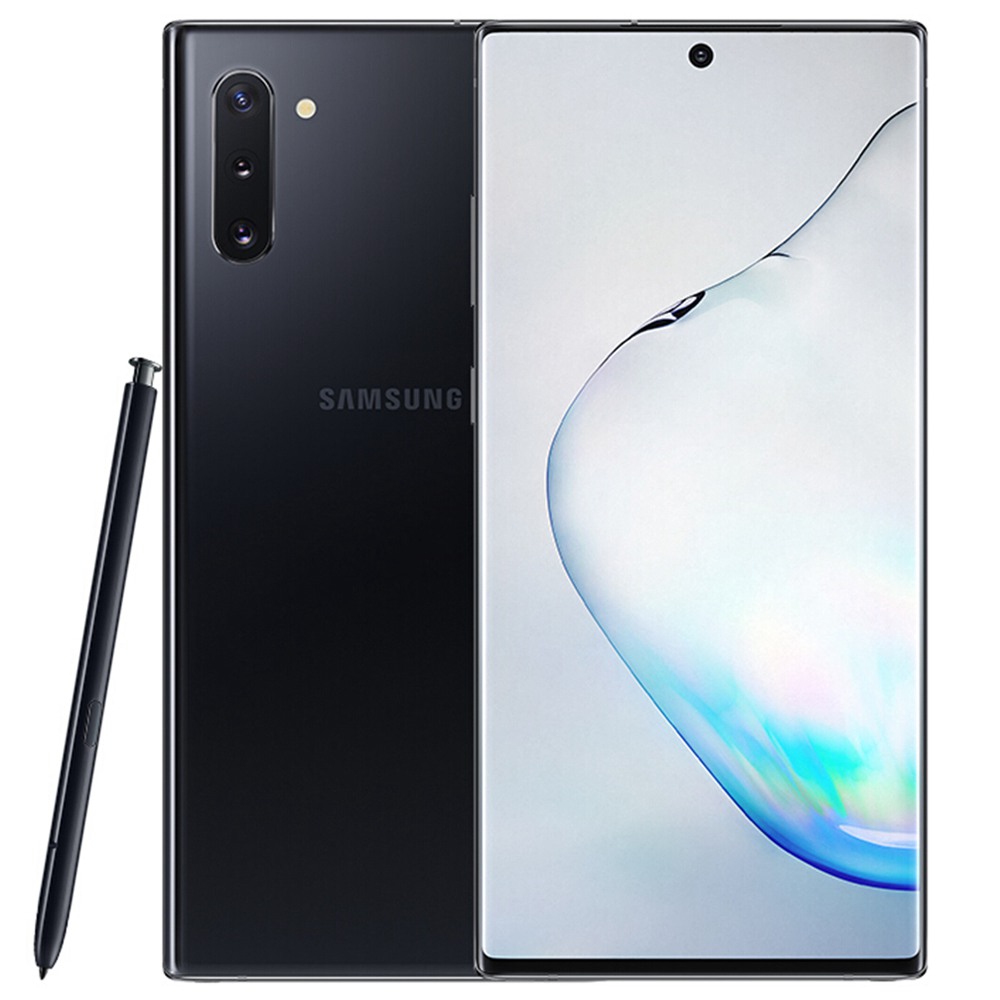
Batteri og Lading
Galaxy Note 10 har et batteri med en kapasitet på 3500 mAh, mens Note 10+ har en større batterikapasitet på 4300 mAh. Begge modellene støtter hurtiglading, og Note 10+ har også støtte for trådløs lading og omvendt trådløs lading, som lar deg lade andre Qi-kompatible enheter med telefonen din.

Andre Funksjoner
En annen bemerkelsesverdig funksjon i Galaxy Note 10 er den innebygde S Pen, en forbedret stylus som lar brukerne ta notater, tegne og utføre andre produktive oppgaver. S Pen har blitt oppgradert med nye funksjoner og forbedret presisjon, og den kan også brukes som en fjernkontroll for å ta bilder eller bla gjennom presentasjoner.
Telefonen har også IP68-sertifisering for støv- og vannmotstand, som gir ekstra beskyttelse mot uheldige situasjoner.
Se også
Pris og Tilgjengelighet
Galaxy Note 10 og Galaxy Note 10+ er tilgjengelig i fargene Aura Glow og Aura Black. Prisene for telefonene starter fra 9 790 NOK for Galaxy Note 10 og går opp til 12 390 NOK for Galaxy Note 10+ med 512 GB lagringsplass.
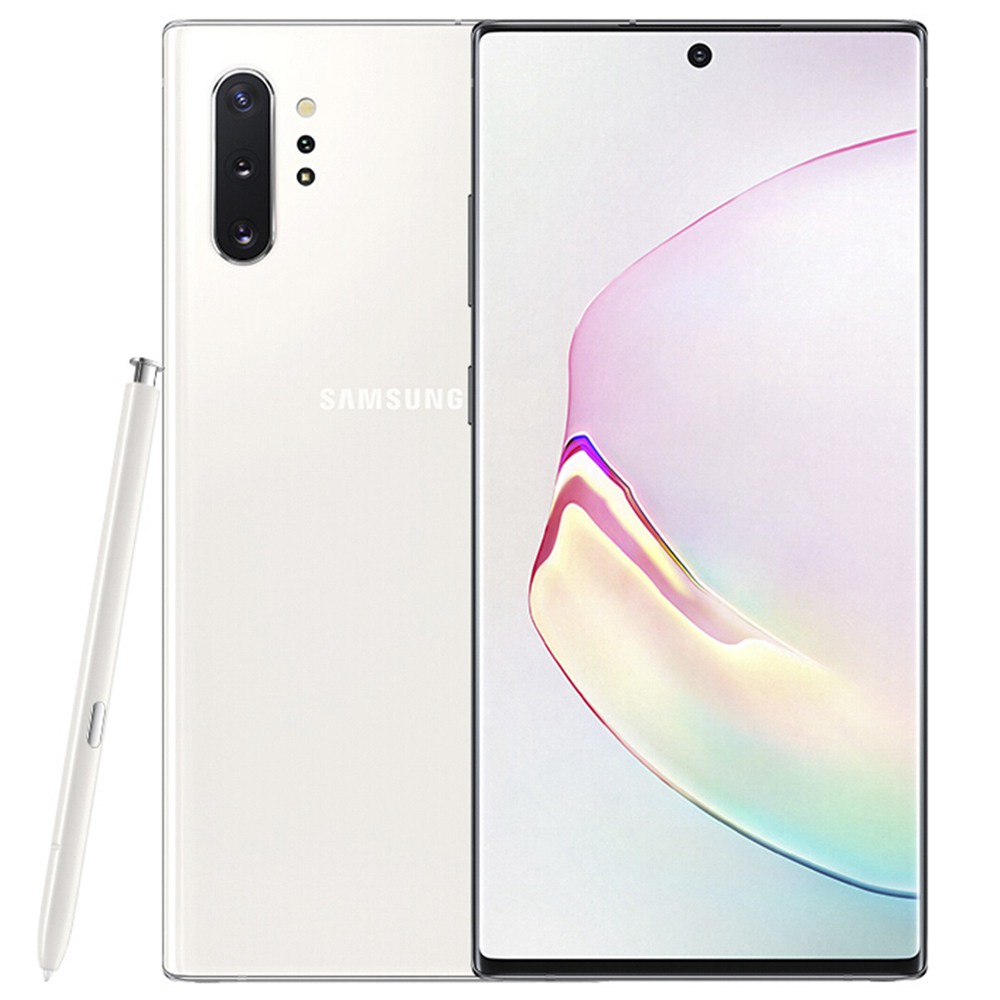
Konklusjon
Samsung Galaxy Note 10 er en imponerende smarttelefon som tilbyr en rekke avanserte funksjoner og forbedret ytelse. Med sin store skjerm, kraftige maskinvare og allsidige kameraoppsett, er denne telefonen et ideelt valg for de som er ute etter en toppmoderne mobilenhet. Samsung fortsetter å levere innovative og pålitelige enheter gjennom sin Galaxy Note-serie, og Galaxy Note 10 er intet unntak.

Hva vil Wiki fortelle oss?
The Samsung Galaxy Note 10 (stylized as Samsung Galaxy Note10) is a line of Android-based phablets designed, developed, produced, and marketed by Samsung Electronics as part of the Samsung Galaxy Note series. They were unveiled on 7 August 2019, as the successors to the Samsung Galaxy Note 9.
The Galaxy Note 10 line comprises two models with various hardware specifications; Note 10 / Note 10 5G feature 6.3-inch 1080p (Note 10+ / Note 10+ 5G feature 6.8-inch 1440p) "Dynamic AMOLED" displays with HDR10+ support and "dynamic tone mapping" technology respectively. The displays have curved sides that slope over the horizontal edges of the device. The phablet also features a 19:9 aspect ratio. The front-facing cameras occupy a rounded cut-out on the top of the display, and all models utilize an ultrasonic in-screen fingerprint reader.
International models of the Note 10 utilize the Exynos 9825 system-on-chip, while the U.S., South American (Except Brazil) and Chinese models utilize the Qualcomm Snapdragon 855. All models are sold with 256 GB of internal Universal Flash Storage 3.0, with the Note 10+ & Note 10+ 5G also being sold in a 512 GB model and offering expandable storage via a microSD card.
They respectively contain non-user-replaceable 3500 and 4300 mAh Lithium-ion batteries, with both variants supporting a 25 watt Super Fast Charging, while the Note 10+ also supports 45 watt Super Fast Charging 2.0, Qi inductive charging, and the ability to charge other Qi-compatible devices from their battery power.
The Note 10 and Note 10+ are the first mainstream Samsung smartphones to omit the 3.5 mm headphone jack, which earned Samsung criticism for mocking the iPhone 7's lack of the headphone jack on the Galaxy Note 7 UNPACKED keynote in August 2016 – Samsung said it used the extra space for more battery. The sleep/wake power button that used to be on the right side of the phone has been removed, consolidated with the Bixby button on the left side of the phone. New settings have been added that allow the button to be remapped as either a power button or a Bixby button. And this is the second time Samsung removed the heart rate sensor after the Galaxy S10 ( Galaxy S10e and S10 5G ) because it was rarely used by users. For the first time in Samsung's devices since the original Galaxy S (2010), the camera has been placed into the corner, similar to the iPhone X/XS/XR/11 series.
In January 2020, the Note 10 Lite was released. It is a midrange variant of the Note 10, containing the same cameras as the main variant. It features 128 GB of storage, a 6.7 inch 1080p "Super AMOLED" screen on a metallic frame, a 4,500 mAh battery and is powered by the Exynos 9810. The variant eliminates the wireless charging feature and stereo speakers, though it retains the 25 watt Super Fast Charging of the main series, and also has a headphone jack. However, the Note 10 Lite lacks a barometer sensor, which has been present on Samsung Galaxy flagships since 2012.
The Note 10 series features a multi-lens rear-facing camera setup with Samsung's Scene Optimizer technology. It houses a dual-aperture 12-megapixel wide-angle lens, a 12-megapixel telephoto lens and a 16-megapixel ultra-wide-angle lens with the Note 10+/ Note 10+ 5G having an additional VGA Depth Vision Camera allowing for 3D AR mapping. The front-facing camera on all models consists of a 10-megapixel punch hole lens in the top center of the display. The camera software includes a new "Shot Suggestion" feature to assist users, "Artistic Live Filters", as well as the ability to post directly to Instagram posts and stories. It also contains the "Scene Optimizer" feature from previous Samsung phones that automatically adjusts the camera settings based on different scenes.
The S-Pen has also undergone notable changes compared to the Note 9. The pen is one piece of plastic, instead of two like Note 9, and supports more advanced Air Actions that allow users to control the phablet remotely with the pen. This includes changing the camera settings and exporting the handwritten text to Microsoft Word remotely. The S-Pen also comes with additional tips for replacement in the box.
The Note 10 range ships with Android 9 "Pie" with Samsung's One UI skin. A main design element of the One UI is intentional repositioning of key user interface elements in stock apps to improve usability on large screens. Many apps include large headers that push the beginning of content towards the center of the display, while navigation controls and other prompts are often displayed near the bottom of the display instead. In March 2020, the phones received an upgrade to Android 10, bringing with it Single Take mode from the Samsung Galaxy S20 line as well as the ability to record 4K/60fps video with the selfie camera.


